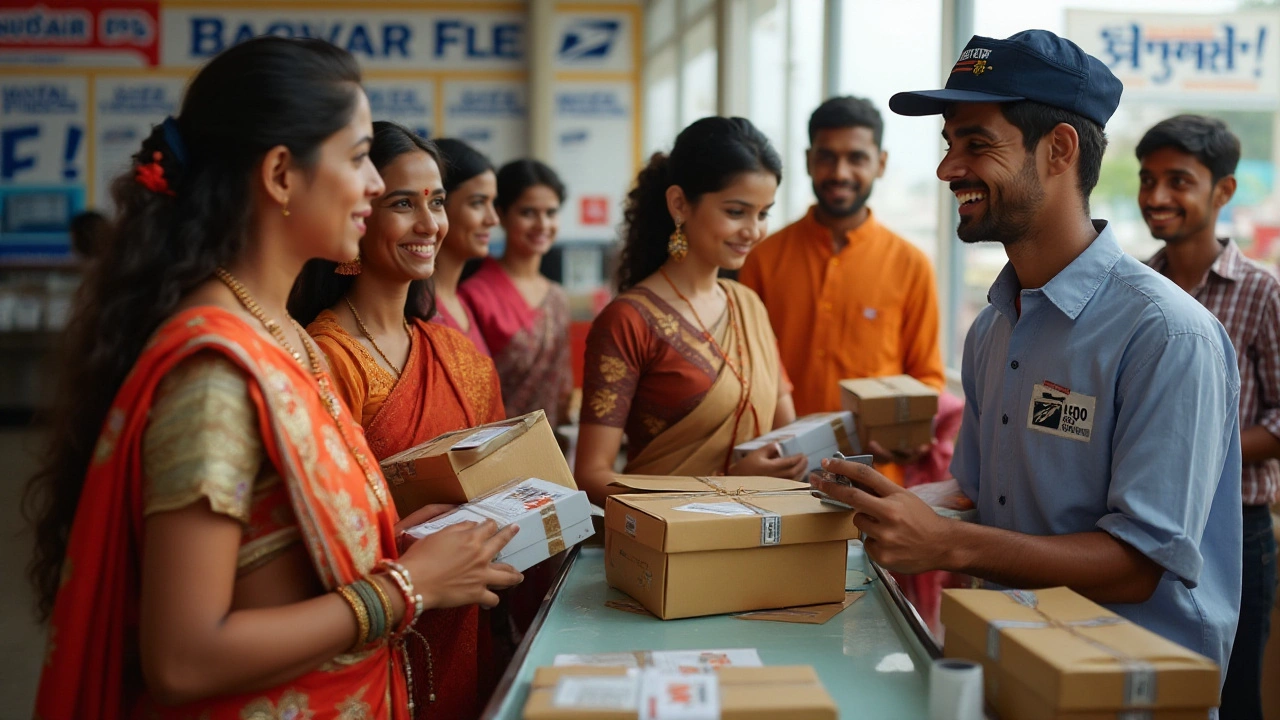Package Protection: How to Keep Your Bike Safe When Shipping
Shipping a bike feels risky, right? One bump, one wrong strap, and you could face costly repairs. The good news is you can control most of those risks yourself. With a few simple steps, you’ll make sure your bike arrives in Chennai exactly the way you sent it – ready to ride.
Why Package Protection Matters
Every bike has parts that are fragile: the handlebar, mirrors, lights, and especially the fairings on sport models. When a bike is loaded onto a truck, it sits among other cargo that shifts during the ride. Without proper protection, scratches, dents, or even broken components are common. The cost of fixing those damages often outweighs the shipping fee, and the hassle of filing claims can eat up your time.
Package protection isn’t just about bubble wrap. It’s about choosing the right materials, using the correct fastening methods, and communicating clearly with the transport team. When you give the carrier a well‑packed bike, they can handle it faster and more confidently, which usually translates into smoother delivery.
Step‑by‑Step Packing Guide
1. Clean and Inspect – Give your bike a quick wash and dry. Check for any existing scratches or loose bolts. Note any pre‑existing damage; this makes insurance claims easier.
2. Remove Loose Parts – Take off mirrors, windshields, and any accessories that can detach. Pack them separately in sturdy boxes with padding.
3. Protect the Frame – Wrap the entire frame with a high‑quality protective film or thick moving blankets. Overlap the layers and secure them with stretch film or packing tape.
4. Secure the Wheels – Use wheel bags or wrap each wheel in bubble wrap. If possible, remove the front wheel and place it in a dedicated wheel crate. This reduces wobble and protects spokes.
5. Use a Bike Box or Crate – A wooden crate or a reinforced bike box offers the best protection. Position the bike upright, add extra padding around the handlebars and footpegs, and fill any gaps with foam peanuts or rolled paper.
6. Fasten Everything – Tie down the bike inside the crate with strong ratchet straps. Tighten the straps so the bike can’t shift, but don’t overtighten and risk frame damage.
7. Label Clearly – Mark the box with "FRAGILE" and "THIS SIDE UP" stickers. Include your contact info and the destination address on the outside and inside of the crate.
8. Choose the Right Carrier – Look for a service that specializes in bike transport, like Bike Transport Chennai Services. They understand the nuances of bike packing and have experience handling crates safely.
By following these eight steps, you dramatically lower the chance of a surprise repair bill. Most carriers, including our team in Chennai, will also offer optional insurance for added peace of mind. It’s a small extra cost that can save you a lot if something goes wrong.
Another quick tip: take photos of the packed bike from all angles before it leaves. Those pictures are gold if you ever need to file a claim.
In the end, package protection is about treating your bike the way you’d treat a prized possession. A little extra time and the right materials go a long way. When you ship with confidence, you can focus on what matters most – hitting the road as soon as your bike arrives.
